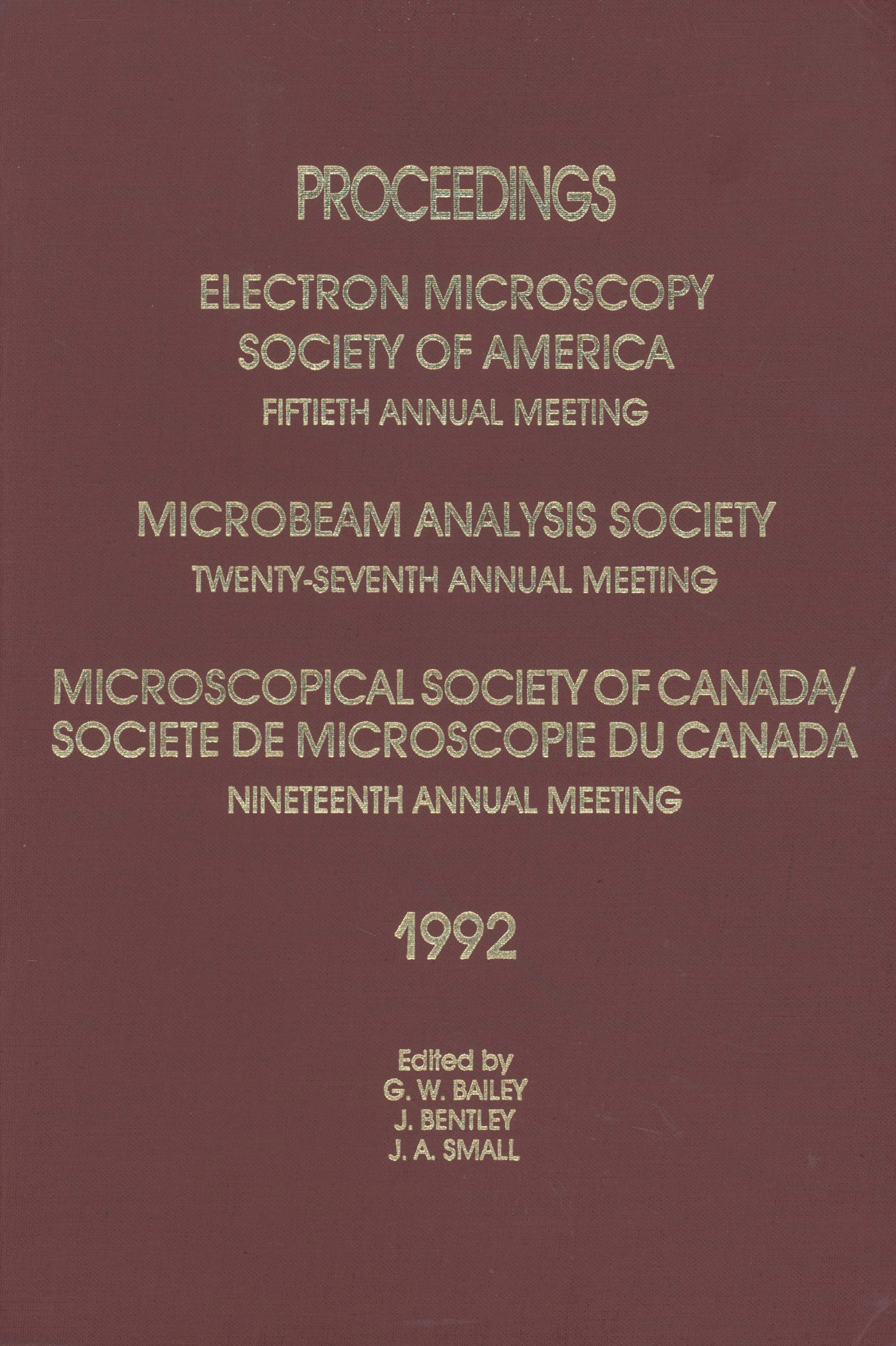Article contents
Unlabeled Antibody Immunocytochemistry Applied to Murine Mammary Tumor Cells
Published online by Cambridge University Press: 18 June 2020
Extract
Our studies of mammary tumor virus have included the application of the unlabeled antibody enzyme method of Sternberger to mammary tumor derived mouse cells in culture and observation with an electron microscope. The method avoids the extravagance of covalent binding of indicator molecules (horseradish peroxidase) with precious antibody locator molecules by relying instead upon specific antibody-antigen linkages. Our reagents included: Primary Antibody, rabbit anti-murine mammary tumor virus (MuMTV) which was antiserum 113 AV-2; Secondary Antibody, goat anti-rabbit IgG gamma chain (Cappel Laboratories); andthe Indicator, rabbit anti-horseradish peroxidase - horseradish peroxidase complex (PAP) (Cappel Labs.). Dilutions and washes were made in 0.05 M Tris 0.15 M saline buffered to pH 7.4. Cell monolayers, after light fixation in glutaraldehyde, were incubated in place by a protocol adapted from Sternberger and Graham and Karnovsky, then embedded by our usual method for monolayers. Reagents were confined to specific areas by neoprene 0-rings (Parker Seal Co.) reducing the amount of reagent needed to 50 microliters, 1/6th of that required to wet a 35 mm petri dish.
- Type
- Pathology - Tumors
- Information
- Copyright
- Copyright © Claitor’s Publishing Division 1975
- 1
- Cited by




